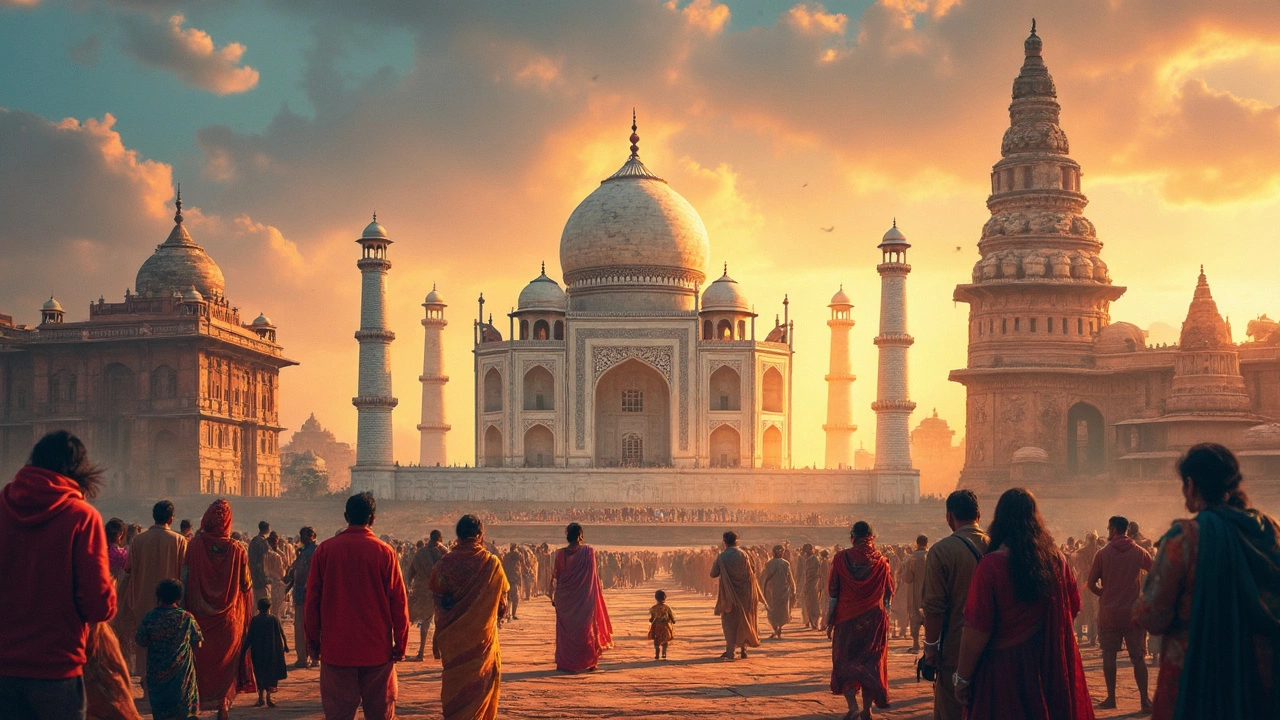Cultural Heritage in India: Top Sites, Traditions, and What to Know Before You Visit
When you think of cultural heritage, the living traditions, sacred sites, and historical landmarks passed down through generations in India. Also known as Indian heritage, it’s not just about old buildings—it’s about rituals still practiced, languages still spoken, and places still worshipped today. India holds 43 UNESCO World Heritage Sites, more than any country in South Asia. These aren’t museum pieces. They’re active parts of daily life—from the Taj Mahal, where lovers still leave flowers, to stepwells in Gujarat where women still gather to draw water.
This heritage isn’t just in grand monuments. It’s in the way you dress before entering a temple, the food you eat on a street corner in Varanasi, the chants echoing in a hilltop monastery in Ladakh. UNESCO World Heritage Sites, places recognized globally for their outstanding cultural or natural value. Also known as World Heritage Sites, they include everything from the rock-cut caves of Ajanta to the historic city of Jaipur. But you don’t need to travel to these big names to feel the weight of history. In Nagpur, called the Heart of India, you’re standing at the exact center of the country’s geography—and its cultural crossroads. In Kerala, temple festivals last for weeks, with drumming, dance, and oil lamps lighting the night. In Rajasthan, desert forts still echo with tales of kings and queens.
Visiting these places isn’t just about taking photos. It’s about understanding the rules. Some temples ban non-Hindus from entering inner sanctums. Others require you to remove shoes, cover your head, or avoid leather. temple etiquette, the unwritten code of respect when entering sacred spaces across India. Also known as Indian temple customs, it’s not about restriction—it’s about honoring centuries of belief. Skip the rules, and you risk offending locals—or worse, being turned away. And it’s not just temples. The way you behave in a heritage village, how you ask to take a photo of a ritual, even what you eat near a sacred site—all matter.
India’s cultural heritage is alive, messy, loud, and beautiful. It’s not frozen in time. It’s being passed down by grandmothers teaching recipes, by children learning classical dance, by guides in Hampi telling stories of empires long gone. The posts below give you real, practical advice: which heritage sites to prioritize, how to visit temples without making mistakes, what food to try near ancient ruins, and why some places are safer or more welcoming to foreigners than others. You’ll find deep dives into the Taj Mahal, the Great Himalayan Trail’s hidden spiritual stops, and why Nagpur isn’t just a dot on the map. This isn’t a travel brochure. It’s a guide to experiencing India’s soul—not just its sights.
